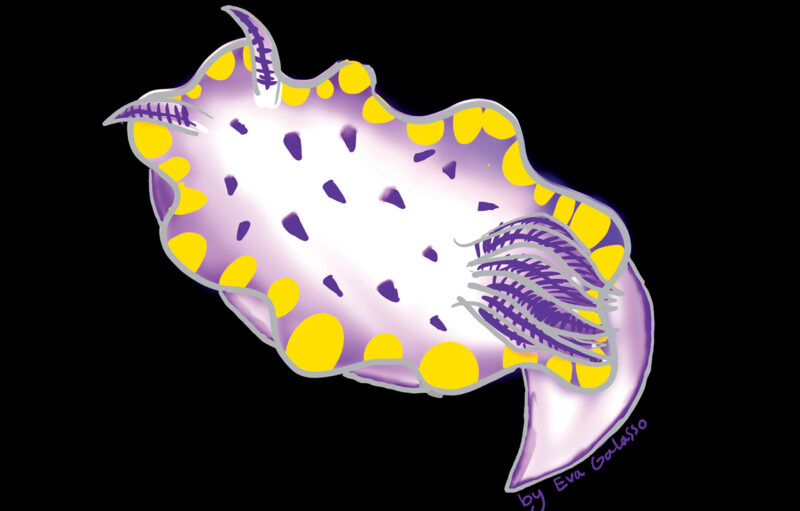PARK WATCH Article September 2024 |
Laney Callahan unpacks her PhD research into seagrass restoration in Western Port Bay
What’s the elevator pitch for your PhD?
My PhD is focused on developing tools and knowledge to improve seagrass restoration techniques. Seagrass ecosystems are vitally important marine habitats that support fishery nurseries, sequester blue carbon, cycle nutrients and protect coastlines.
However, seagrass ecosystems are declining worldwide at a staggering rate. Some estimates suggest we have already lost about 30 per cent of our seagrass globally, and the rate of decline is approximately 7 per cent per year, mostly due to pressures from people.
Occasionally, even when environmental stressors are removed, seagrass meadows fail to re-establish due to isolation from reproductive material. In these cases, or where recolonisation is slow, active seagrass restoration may be necessary to support meadow re-establishment.
Seagrasses are marine flowering plants and can reproduce asexually with clonal growth, or sexually by producing flowers and seeds (just as a terrestrial plant do). Restoration efforts are varied, with some involving transplanting adult plants and other methods involving seeds.
Seed-based restoration methods which maintain a relatively high rate of genetic variation, can be more easily upscaled and minimise detrimental impacts on donor meadows. However, seed-based efforts are marred by highly variable results, and successful restoration projects seem few and far between.
Through a long-term collaboration between Deakin University and Melbourne Water, my project focuses on Zostera muelleri, an intertidal seagrass species in Western Port Bay. The main aim of assessing how local environmental conditions and site selection may increase the success of seed-based restoration efforts.
What led you to do this PhD?
Towards the end of my Honours and Bachelors degree, I started working in the ecotourism space as a snorkel guide on the Great Southern Reef. I loved every minute I got to spend underwater with Weedy Seadragons, Australian Fur Seals and resident dolphins. Beyond my own enjoyment, I came to be passionate about science communication and connecting people with the underwater world.
When tourists came face-to-face with these incredible animals and the biodiversity of temperate reef systems they would ask questions: How many are there? Does the changing environment impact them? Do they prefer to be around seagrass or seaweed? With my science background, I researched these systems to satisfy my own curiosities and also to be a better science communicator, but I was left wanting. There are a lot of things about marine ecosystems, particularly the Great Southern Reef, that we have yet to discover.
This curiosity led me to reach out to VNPA to see if I could get involved in any of the research they were conducting, and I was lucky enough to be involved in the Weedy Seadragon habitat association project as a volunteer. This was my first official introduction to seagrasses, and the first time I came to think more about what seagrass is, and how beneficial the ecosystem can be to biodiversity.
What challenges cropped up that you’ve had to overcome?
As with any PhD project, there are always trials and tribulations, especially in the field of ecology and restoration. We are working with seasonal cycles (seeds are produced in Summer, need to be stored over Winter, planted in Spring and monitored for months) and these cycles mean a lot is riding on getting the work done in the right season lest you have to wait a year for another planting opportunity in the next Spring.
Even so, these seasonal cycles bring some welcome variety to the work throughout the year, and I look forward to each season as it comes.
Anyone who may be familiar with the environment in Western Port will know that the intertidal region (the area between low tide and high tide) can be a pretty tricky place to work. There is a lot of variation around the bay, and some of our restoration sites are incredibly muddy, which means getting around at these sites can be laborious and take a long time.
In addition, we can only access the sites when the tide is low, and some months this means heading out onto the mudflat after dark and getting back during the early hours of the morning. This also means I have had the pleasure of enjoying many beautiful sunsets and sunrises. Western Port is an incredible biosphere, I’m always excited by the bird and marine life we get to see, and the awesome mangrove ecosystems. I can’t complain too much!
What’s the most interesting thing you’ve learnt so far?
To be blunt, seagrass restoration is really hard.
There are so many factors that play into planning and executing a seagrass restoration project: seed collection, storage, germination, growth and deployment methods. Through the hard work of previous PhDs on the Deakin University-Melbourne Water seagrass restoration project and collaboration with other researchers in the field, I was lucky to join this project at a time when we can store our seeds effectively and reach high levels of germination. We also have a functioning seagrass nursery Advance Community College Nursery where we can grow our seedlings.
This means I can reliably grow seagrass seedlings and it allows me to attempt to answer some interesting questions about seagrass restoration.
What impact do you want your research to have?
I would love for my research to answer some of the many questions we still have when it comes to restoring seagrass, and make seagrass restoration a little bit easier and more successful.
There are so many things we still don’t know in this field, and if I can knock one or two big questions off the board, that would be amazing. I’d also like to introduce as many people as possible to seagrass ecosystems; to know them is to love them!
- Read the latest full edition of Park Watch magazine
- Subscribe to keep up-to-date about this and other nature issues in Victoria
- Become a member to receive Park Watch magazine in print
